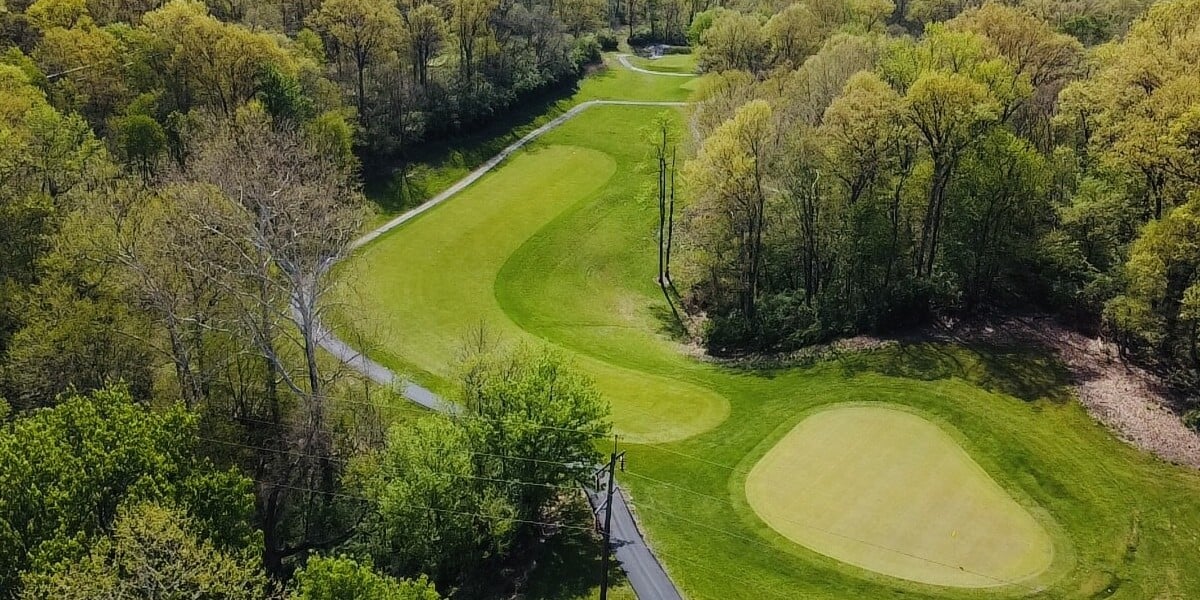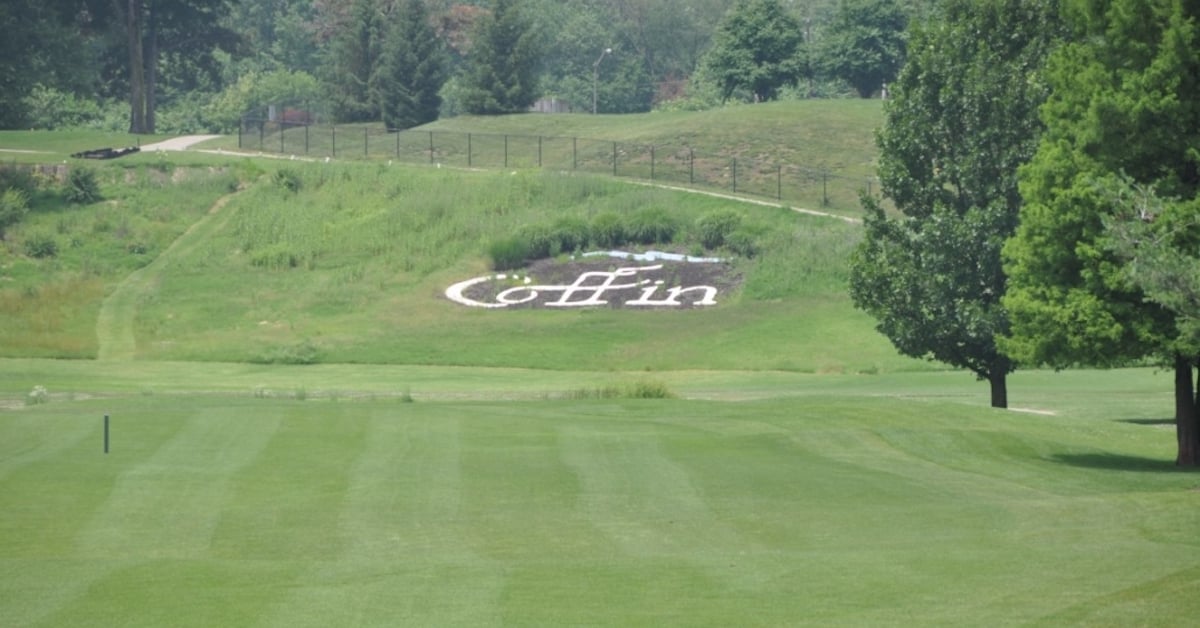Get Your Groove on at Mill Quarter Plantation

All too often it’s the new breed of golf courses that attract the lion’s share of the publicity. Admittedly, the attention is well-deserved as many of the layouts that have opened in the past 10-20 years feature some of the most innovative ideas in course design. But for some golfers, a round on one of the traditional layouts drawn by pencil and straight ruler in the 1960s and ‘70s can be just as enjoyable as time spent on courses with target greens, split fairways, swinging bridges, alligator pits and other far-flung obstacles.
That’s why a friendly round at Mill Quarter Plantation is such a refreshing, retro-like treat. It is clearly an old-style, public-friendly course that’s a perfect throwback to the days of Palmer and Nicklaus.
It is clearly an old-style, public-friendly course that’s a perfect throwback to the days of Palmer and Nicklaus.
Mill Quarter Plantation, nestled in the rolling Powhatan County countryside 30 miles west of downtown Richmond, VA, was built in 1973 by Edmund Ault. Born and raised in Washington, DC, he rode the “golf boom” wave of his era very well, and if you live and play in the Mid-Atlantic Region, there’s a very good chance you’ve played one or more of the dozens of layouts Ault designed in Virginia, Maryland, Delaware, Pennsylvania and just about every other state in the continental United States.
Ault had the luxury of selecting from nearly 1,500 acres of real estate that belonged to the old Randolph Plantation when routing Mill Quarter. Much of the course weaves through tall pines, with the exception being the last few holes on each side. Golfers will also find themselves at times playing alongside a restful meadow or navigating around a lazy rural pond. It really is a beautiful track in all of its simplicity.
Like many of the courses built in that classic timeframe, Mill Quarter Plantation was designed to resemble a “butterfly.” What that means is that both the front and back nines form separate loops or “wings,” with the first and 10th holes running parallel to each other and the ninth and 18th greens finishing on either side of the clubhouse.
Playing nearly 7,000 yards from the blues and 6,548 yards from the whites (Seniors 6,114 yards; Ladies 4,883 yards), Mill Quarter Plantation is clearly a big hitter’s type of course. What also often defines Ault’s design work are large fairway and green-side bunkers, and even larger greens. Mill Quarter is a textbook study in both. The layout includes over 50 sand traps and every last one of them comes into play. And the bent-grass greens are Texas-sized to say the least.
The layout opens with one of four holes where water comes into play. The 377-yard, par 4 begins with a downhill tee shot played between heavy woods, then bends a little to the left for the last 100 yards or so. The approach is played to a green perched precariously close to a small pond on the port side. The third hole, a 520-yard S-shaped design, takes some serious navigational skills to avoid the trees on this tight, double dogleg par 5. The 211-yard No. 4 is considered the toughest of the four par 3s, as it is played slightly uphill to a raised green with a deep-faced bunker sitting dead center and in front. Holes 7-9 are played on more open property. The par-5 No. 9 is particularly driver friendly, and at 560 yards, it’s a good thing, too.
The back nine presents its own challenges, especially at No. 11. This is a solid, short par 4 shaped almost like a boomerang. It requires a pinpoint drive to the top end of the dogleg followed by a laser-like approach back toward the green. The par-5 No. 17 stretches nearly 600 yards and is Mill Quarter Plantation’s signature hole. A slight left-to-right bender, it doglegs around an 18th-century barn. Golfers finish on the long 427-yard, par-4 No. 18. The fairway is very generous in width, but be careful to avoid the two large bunkers on the left. The approach, often a long iron or fairway metal, is played to a tightly guarded green with three traps and deep rough protecting the front.
Occasionally a course comes along that makes you remember why you love golf so much. Mill Quarter Plantation is that type — fun to play, well-maintained, challenging but fair. It just goes to show that, like music and sit-coms, the best things did come out of the late 1960s and early ‘70s.
Mill Quarter Planation offers TeeTime Golf Pass members special rates both weekdays and weekends, along with a very attractive senior special. It certainly is worth the drive out to rolling Virginia countryside where Ault found the perfect landscape for what is arguably one of his finest designs.







